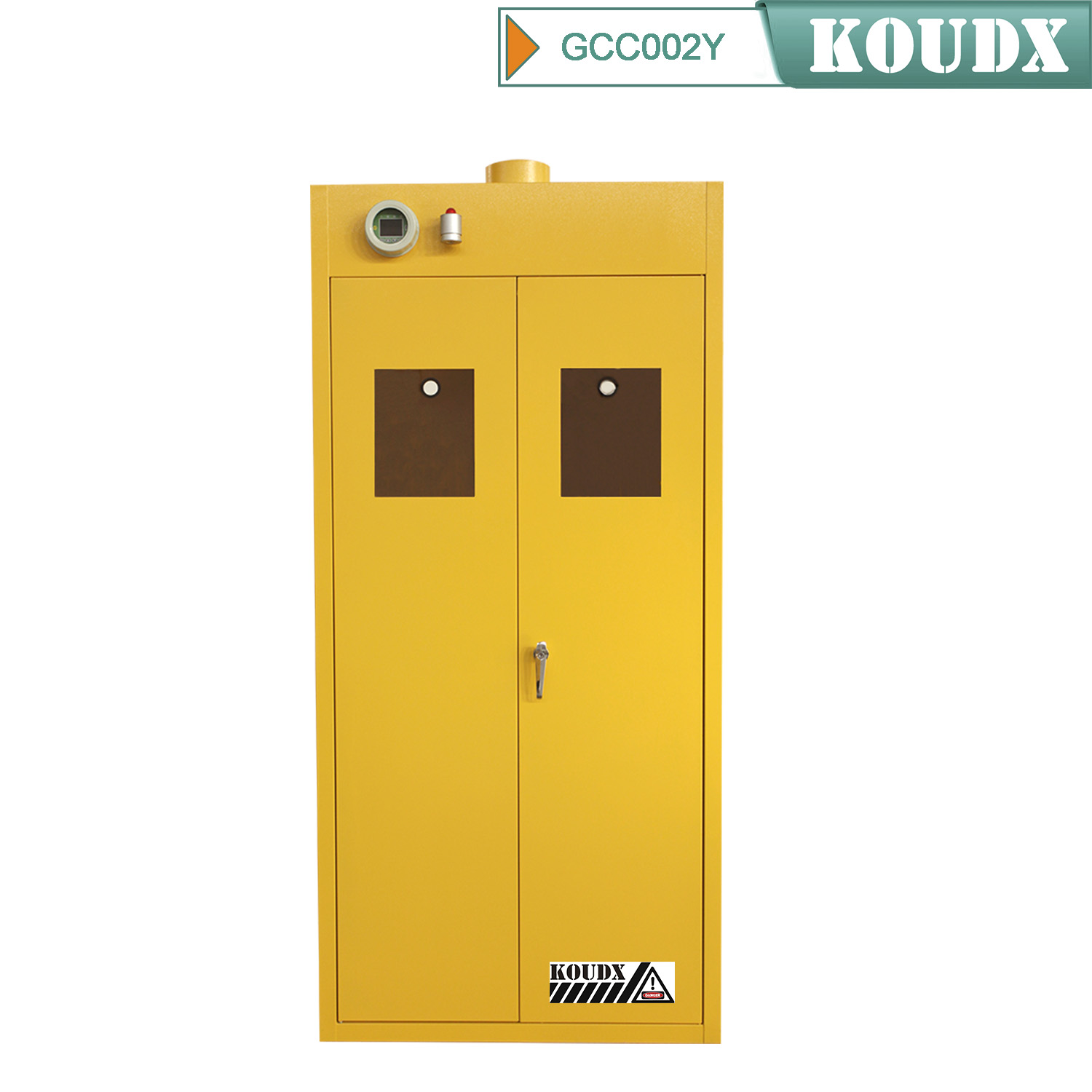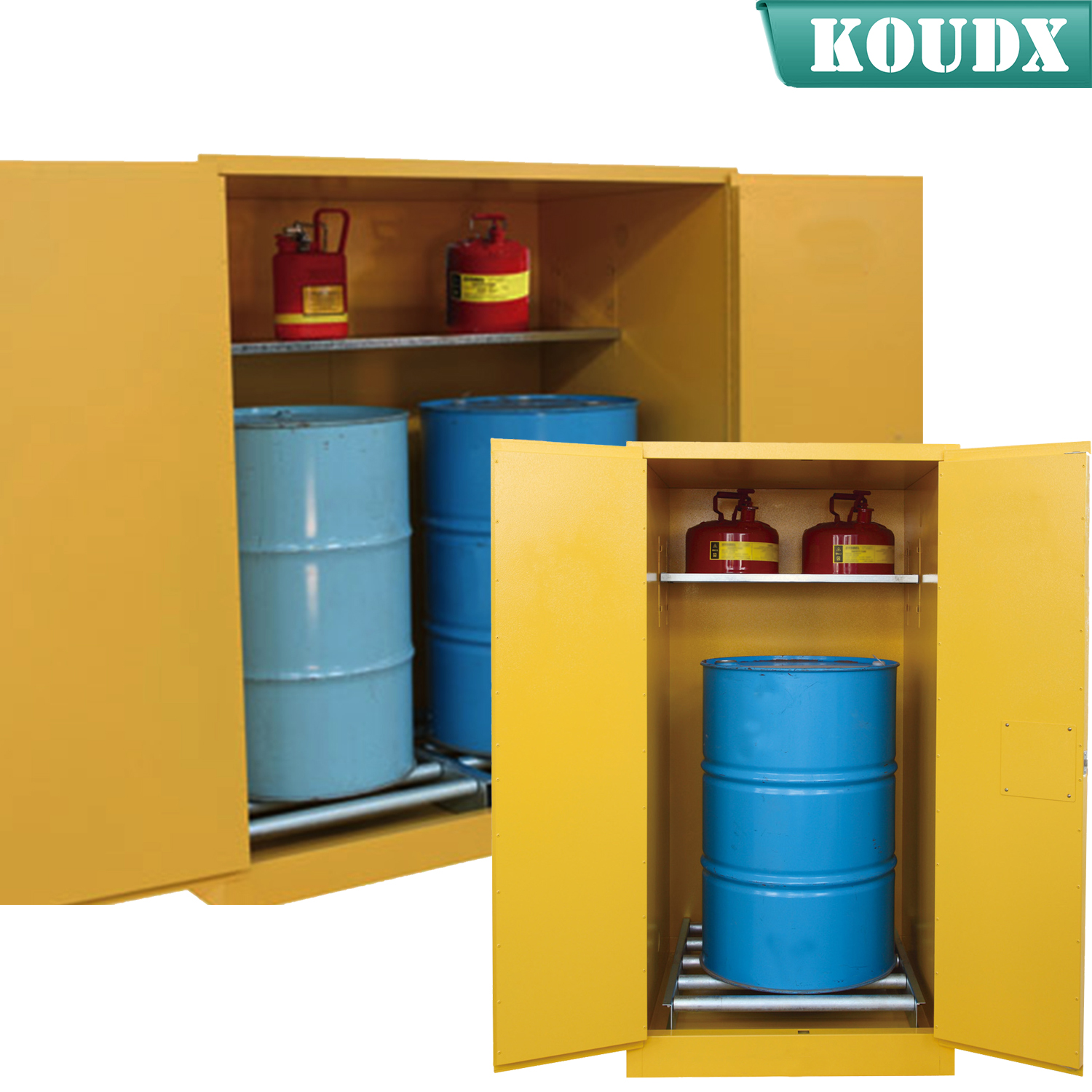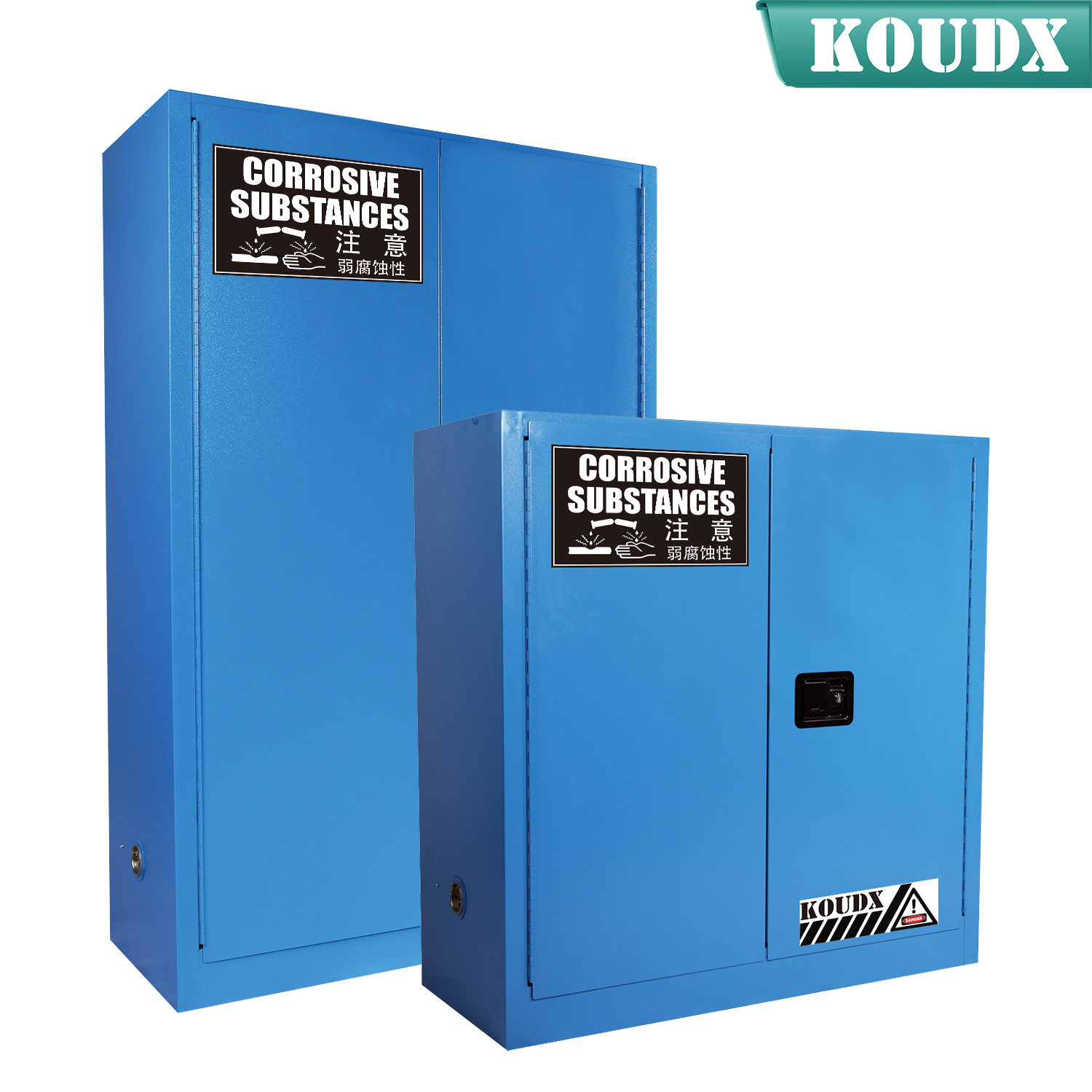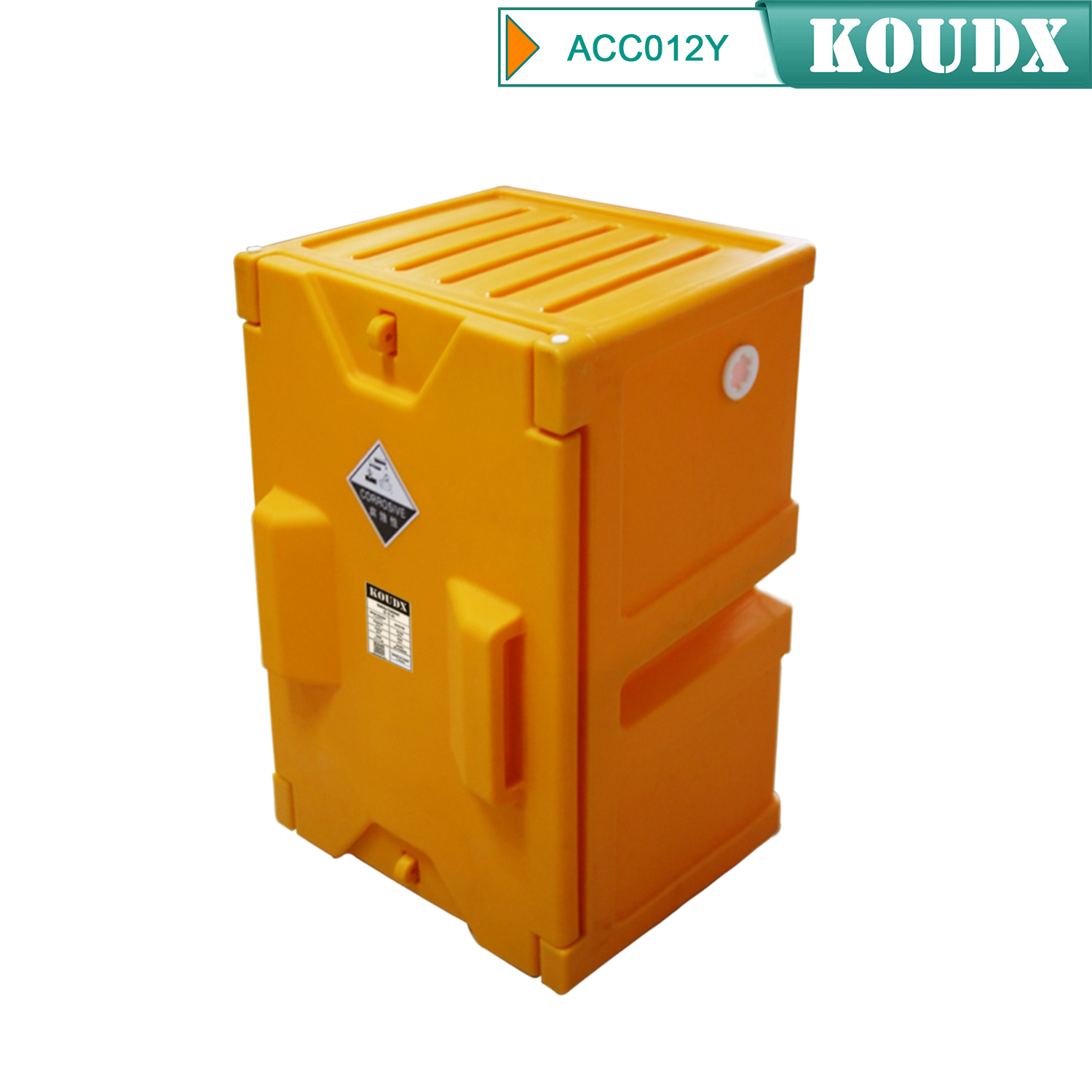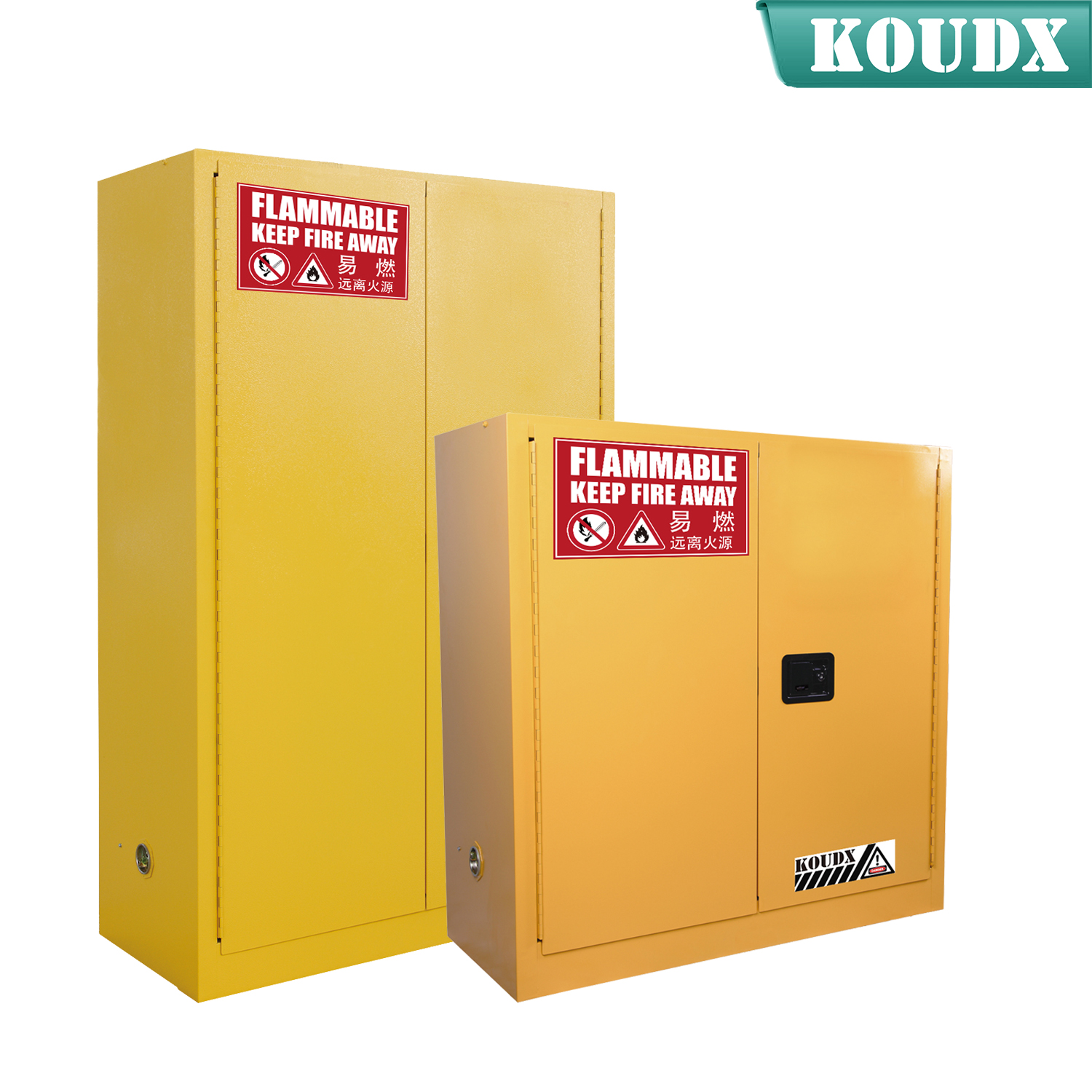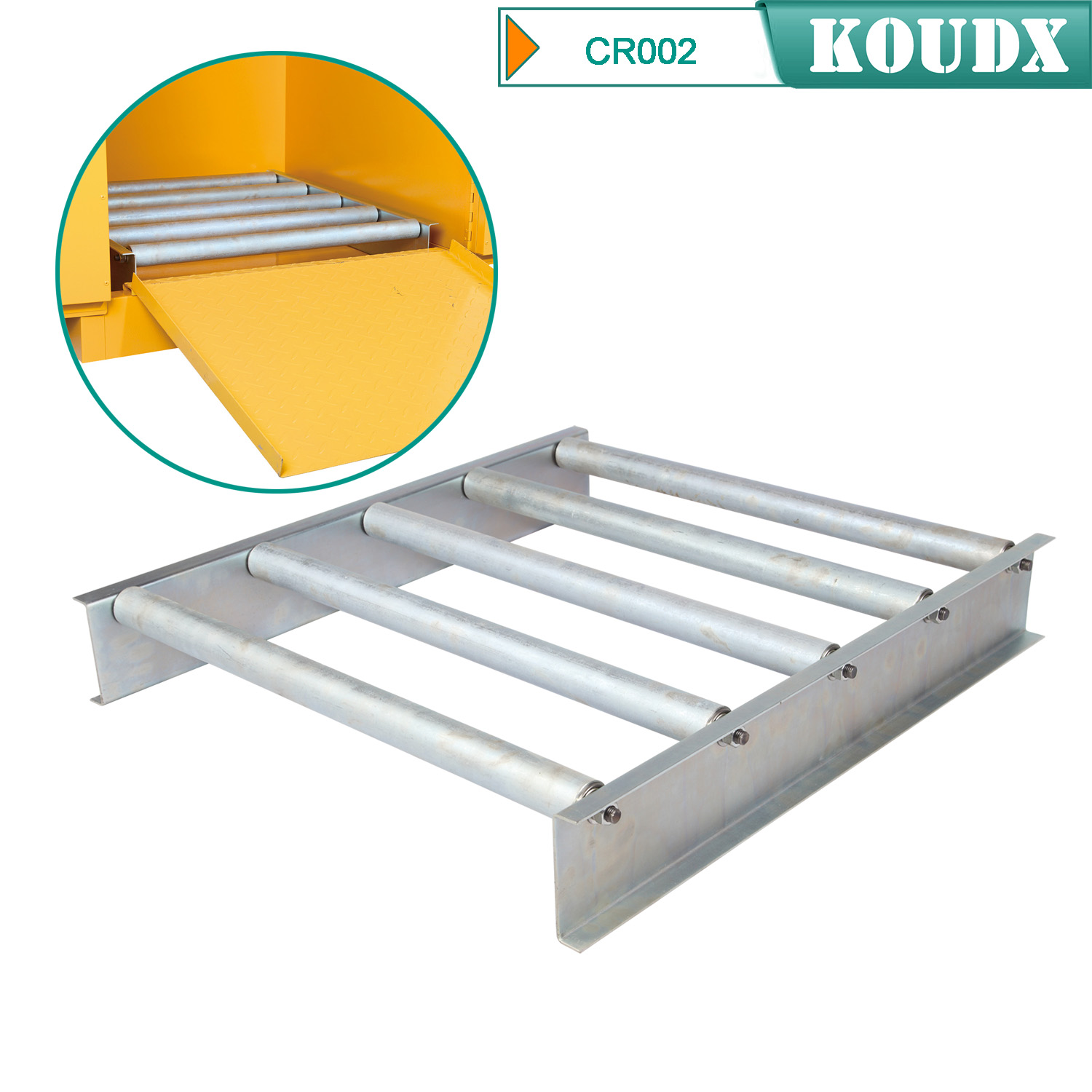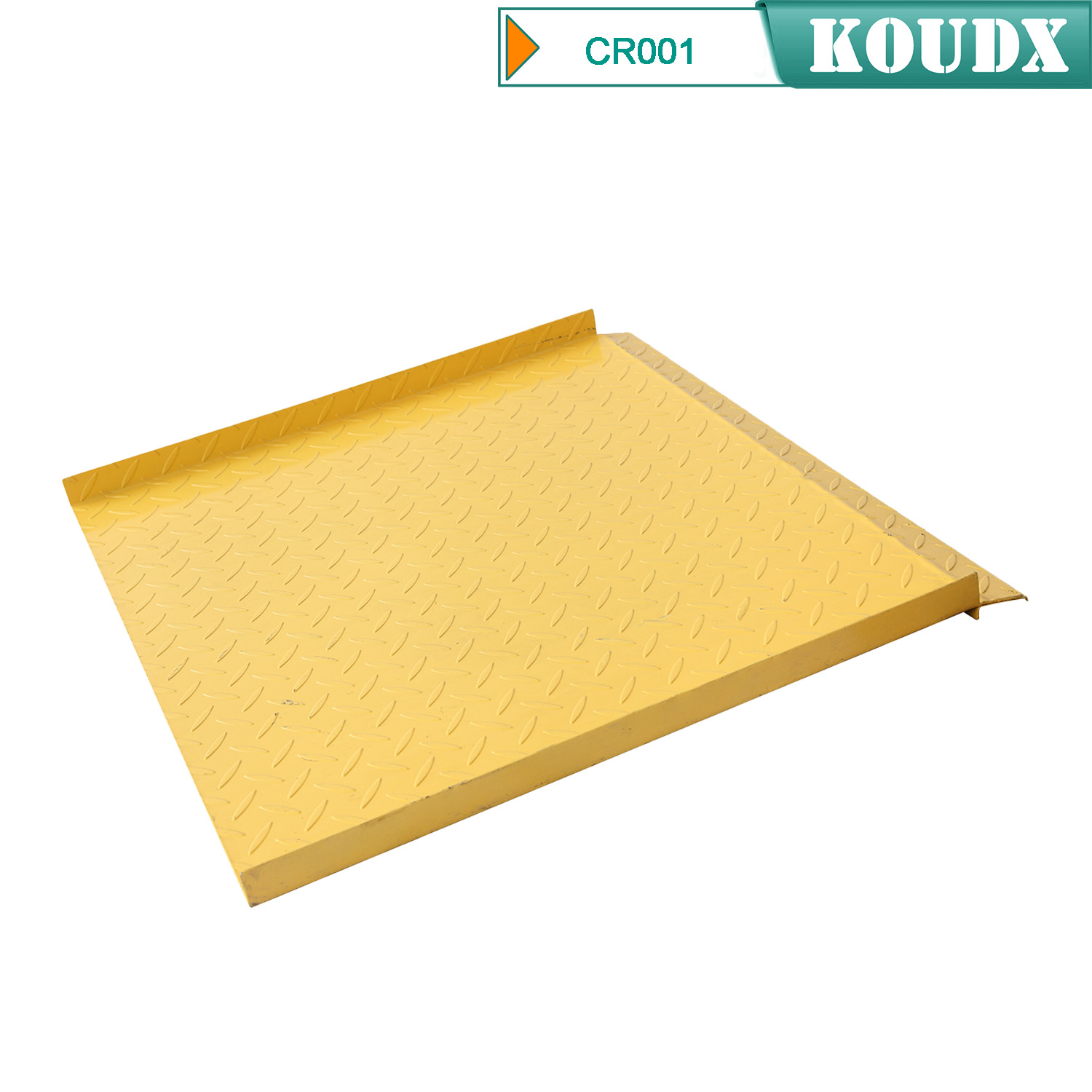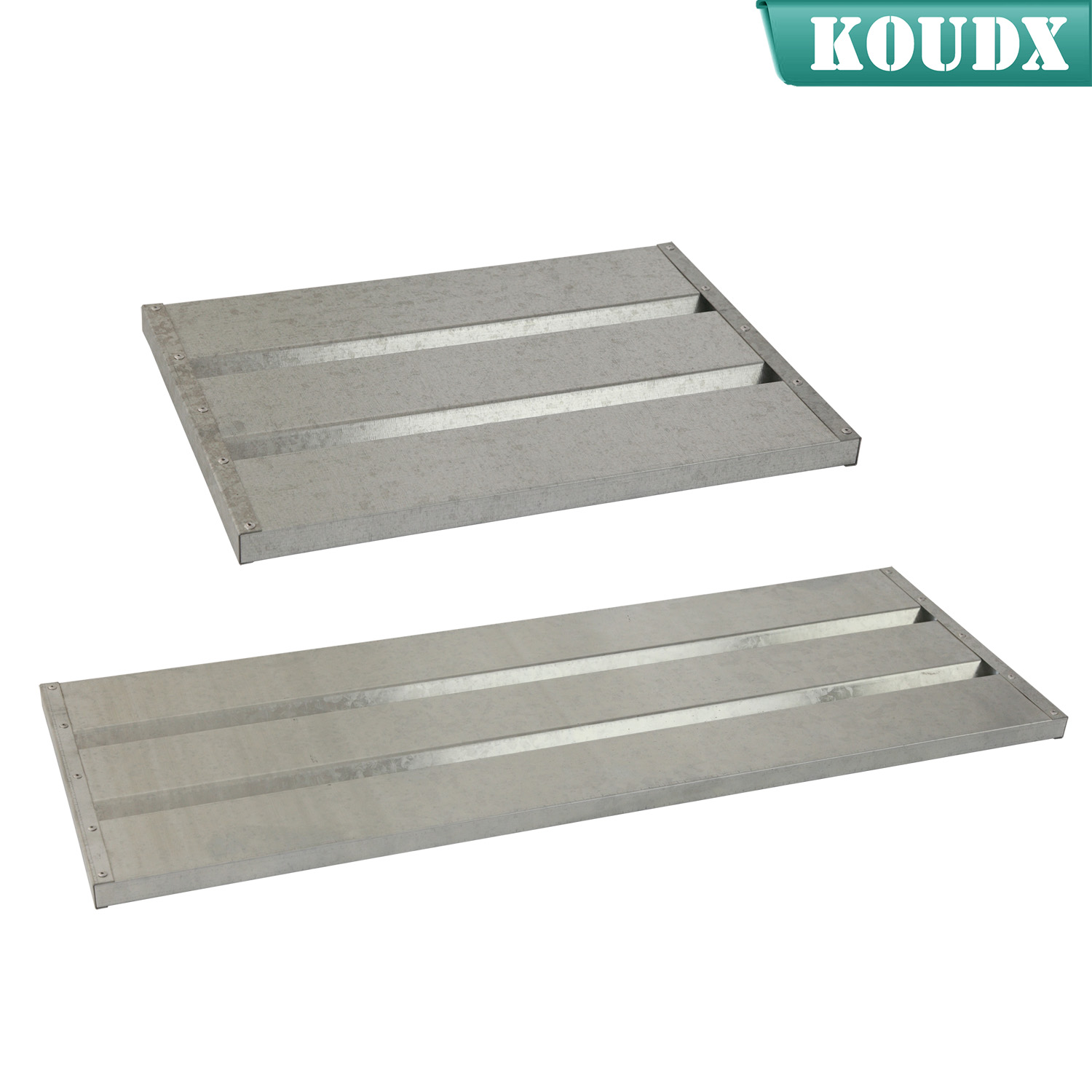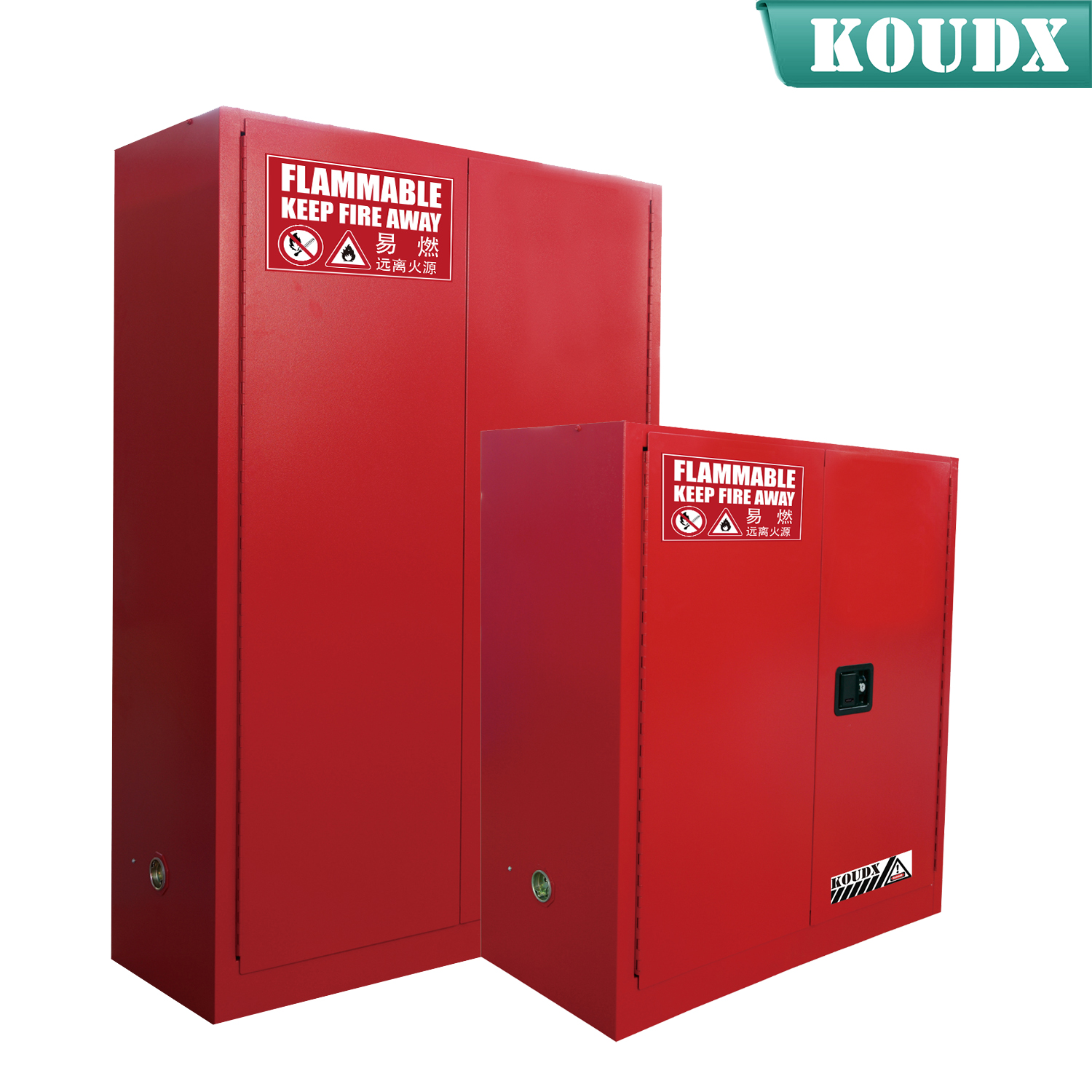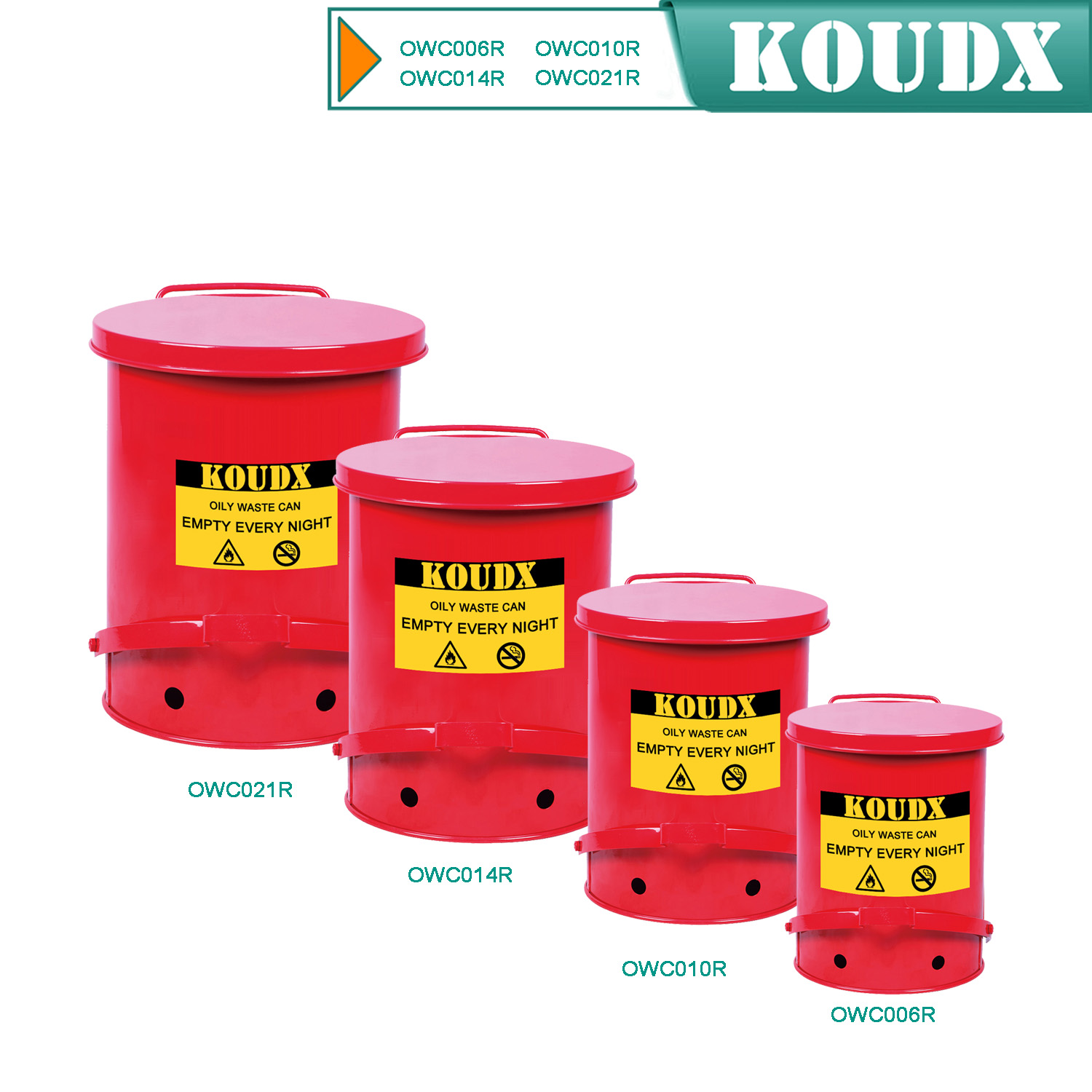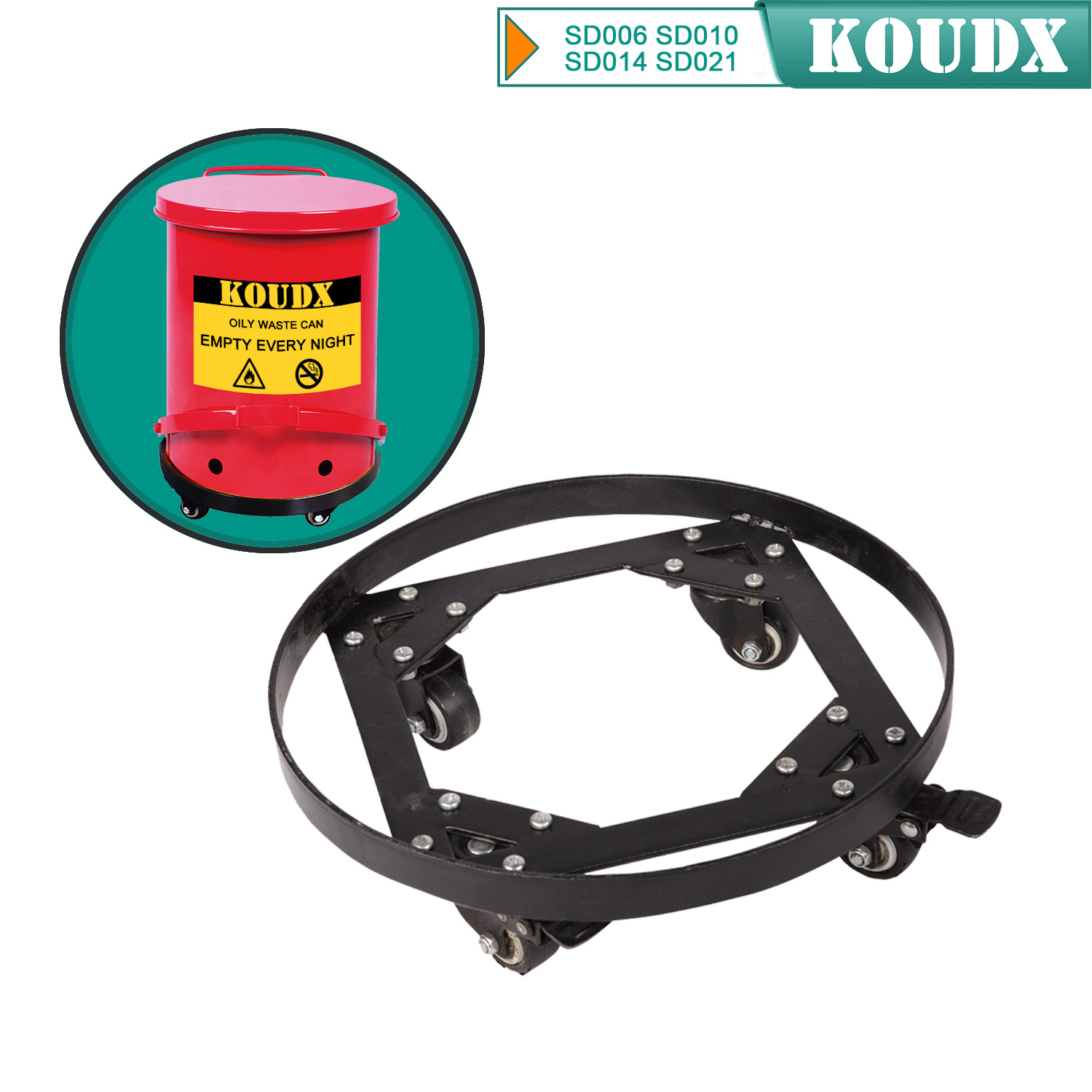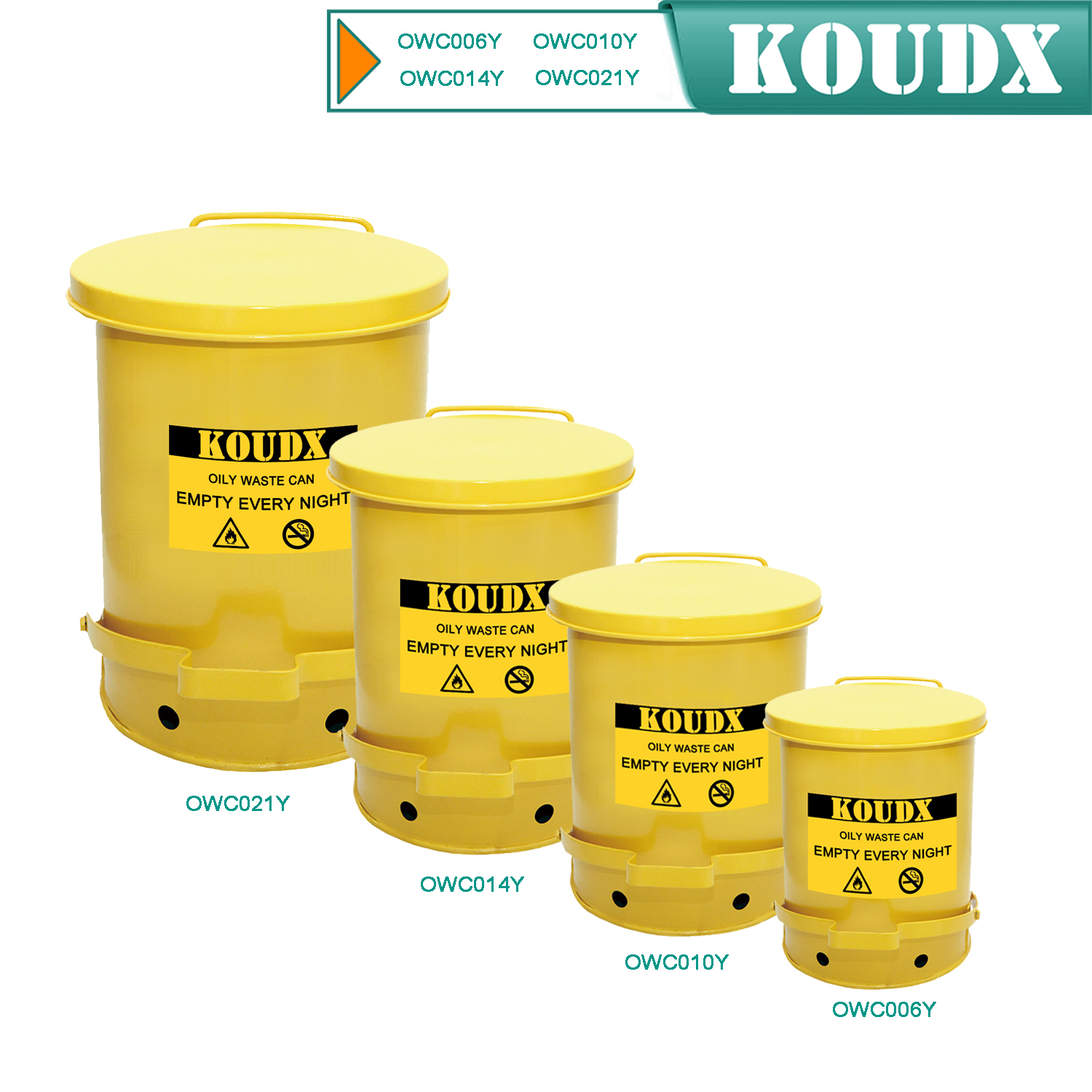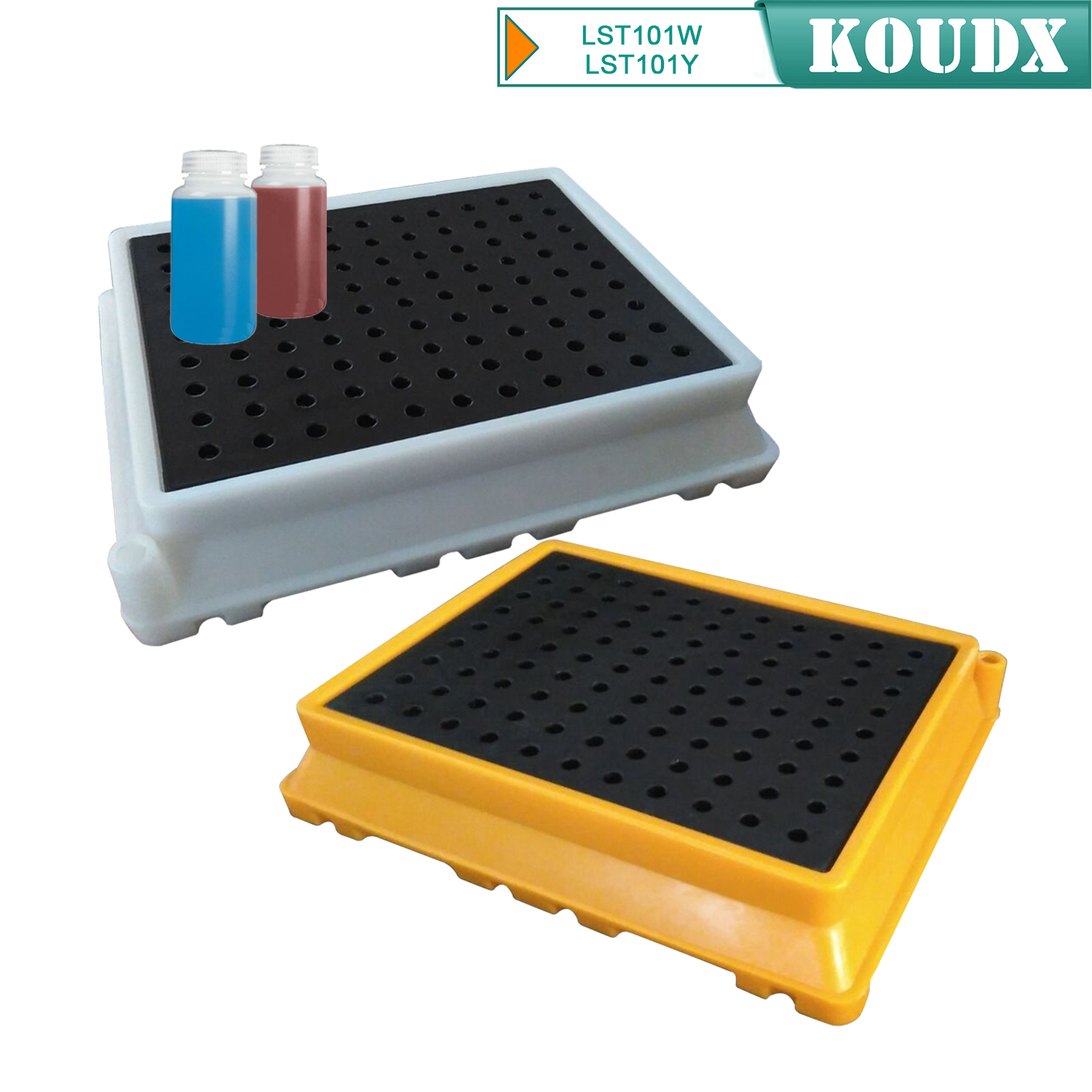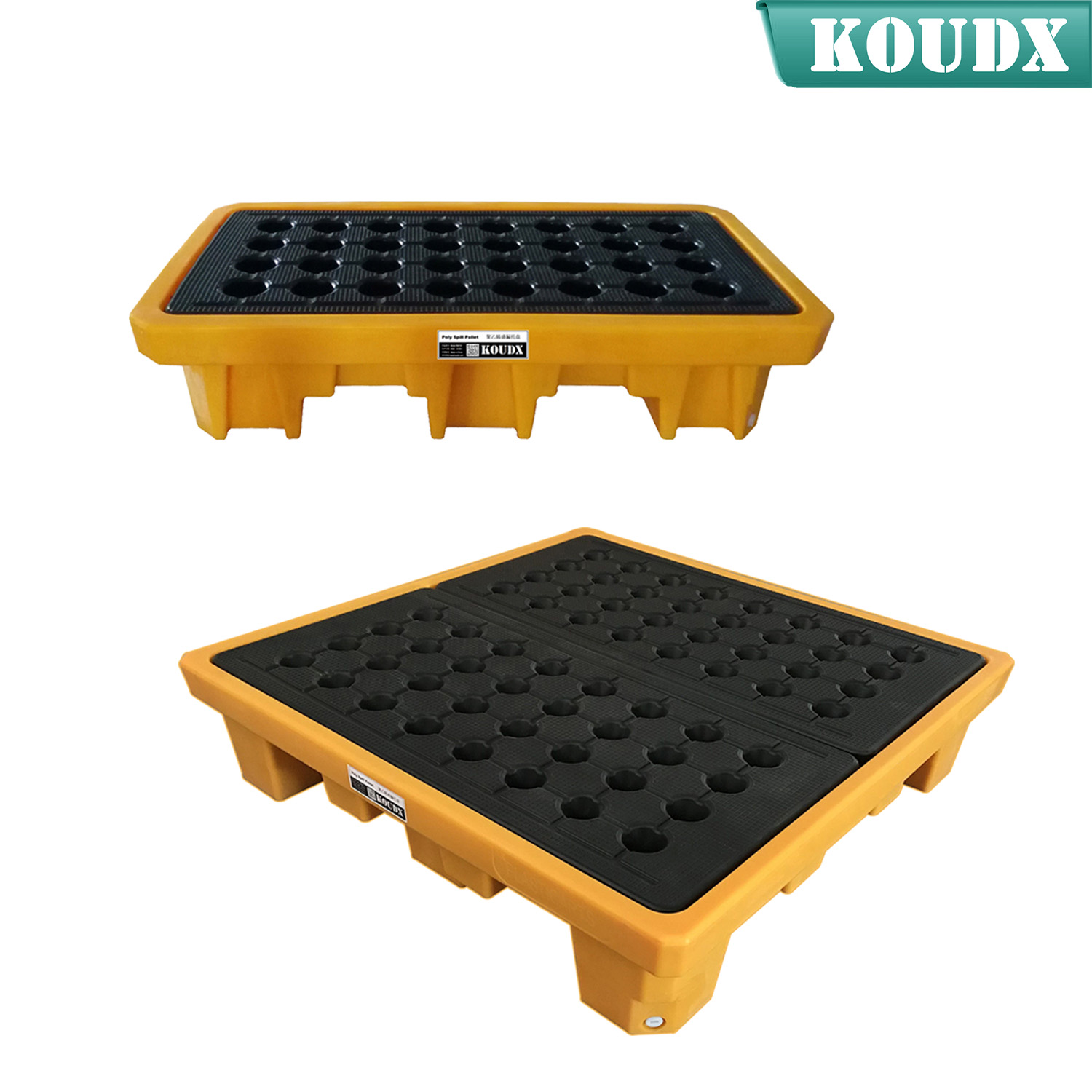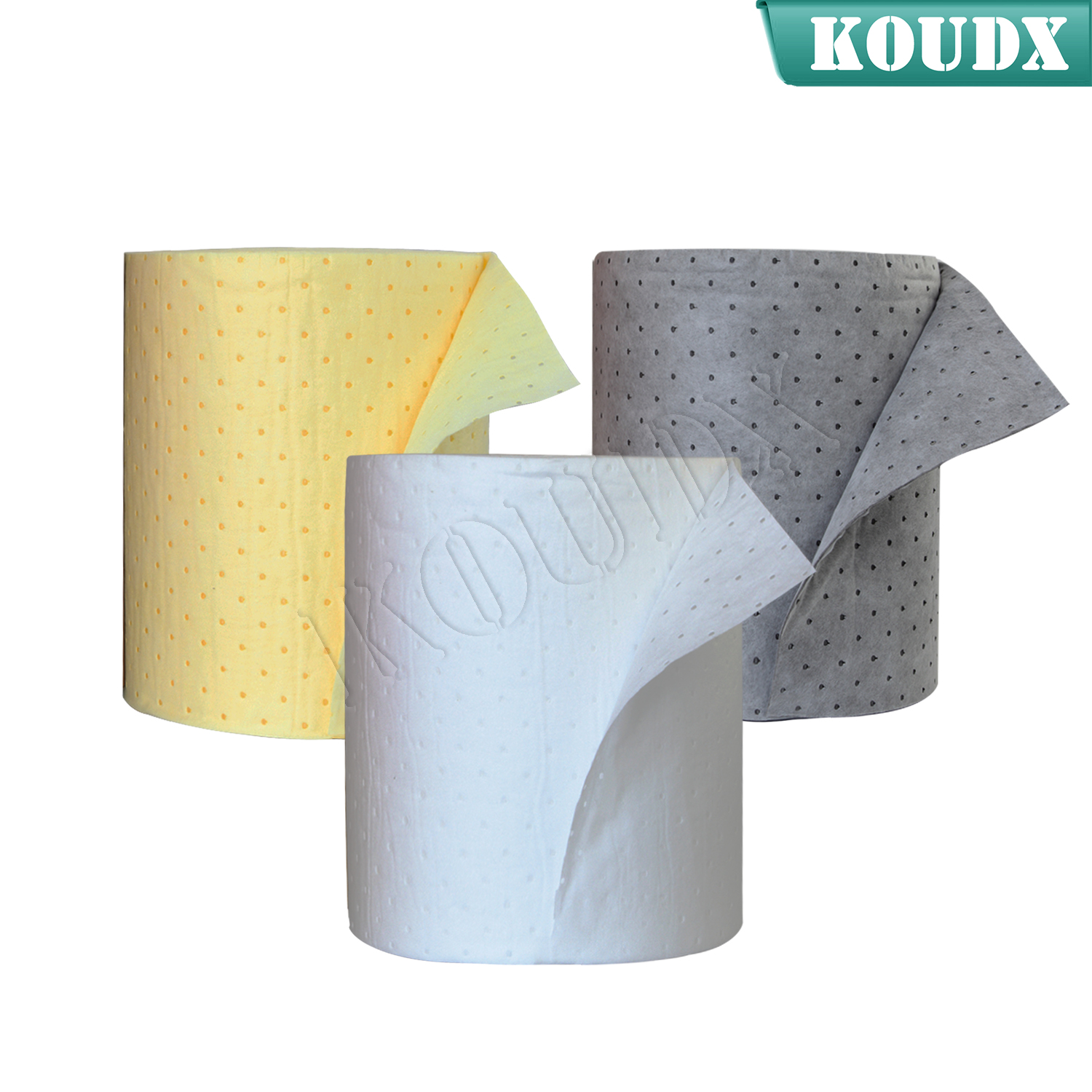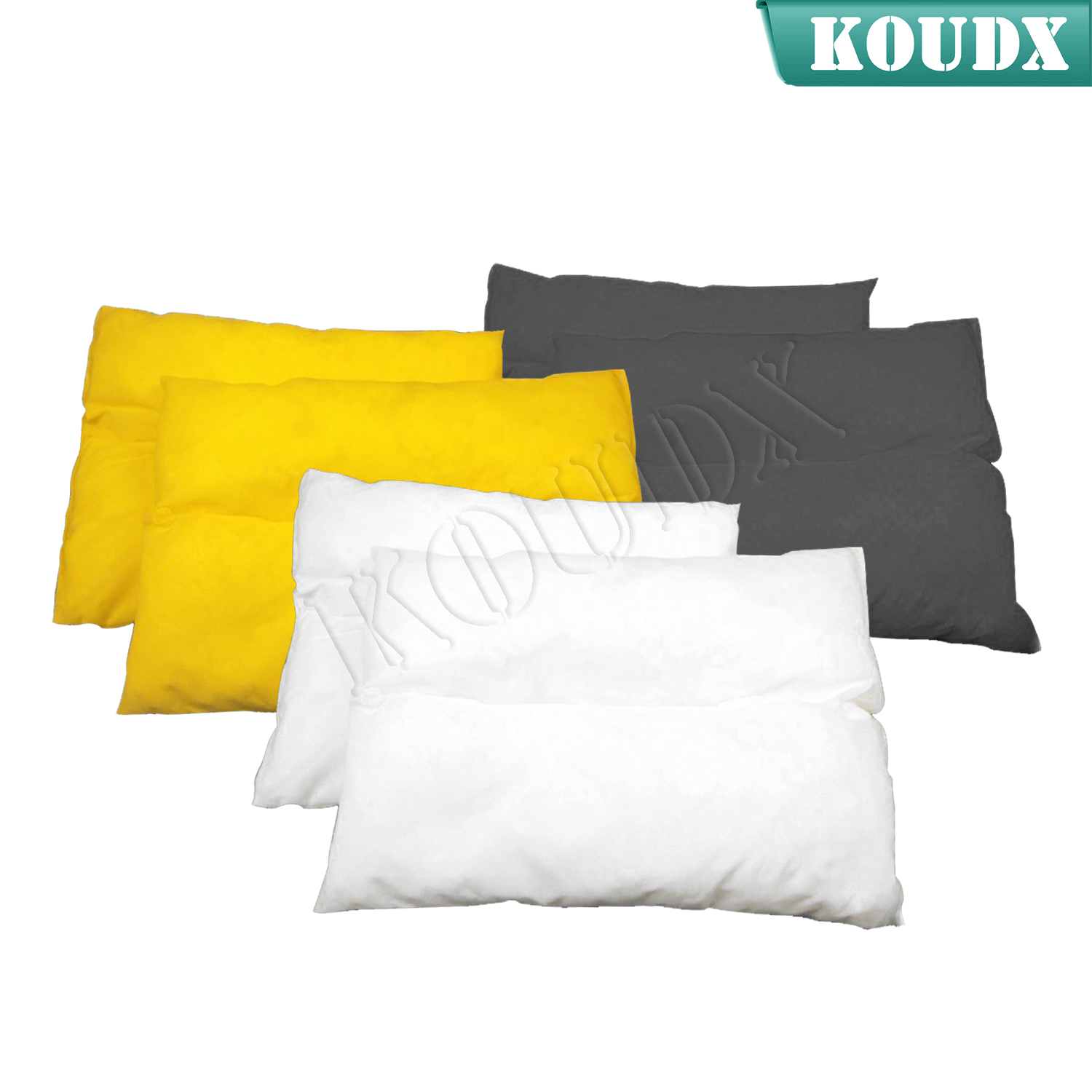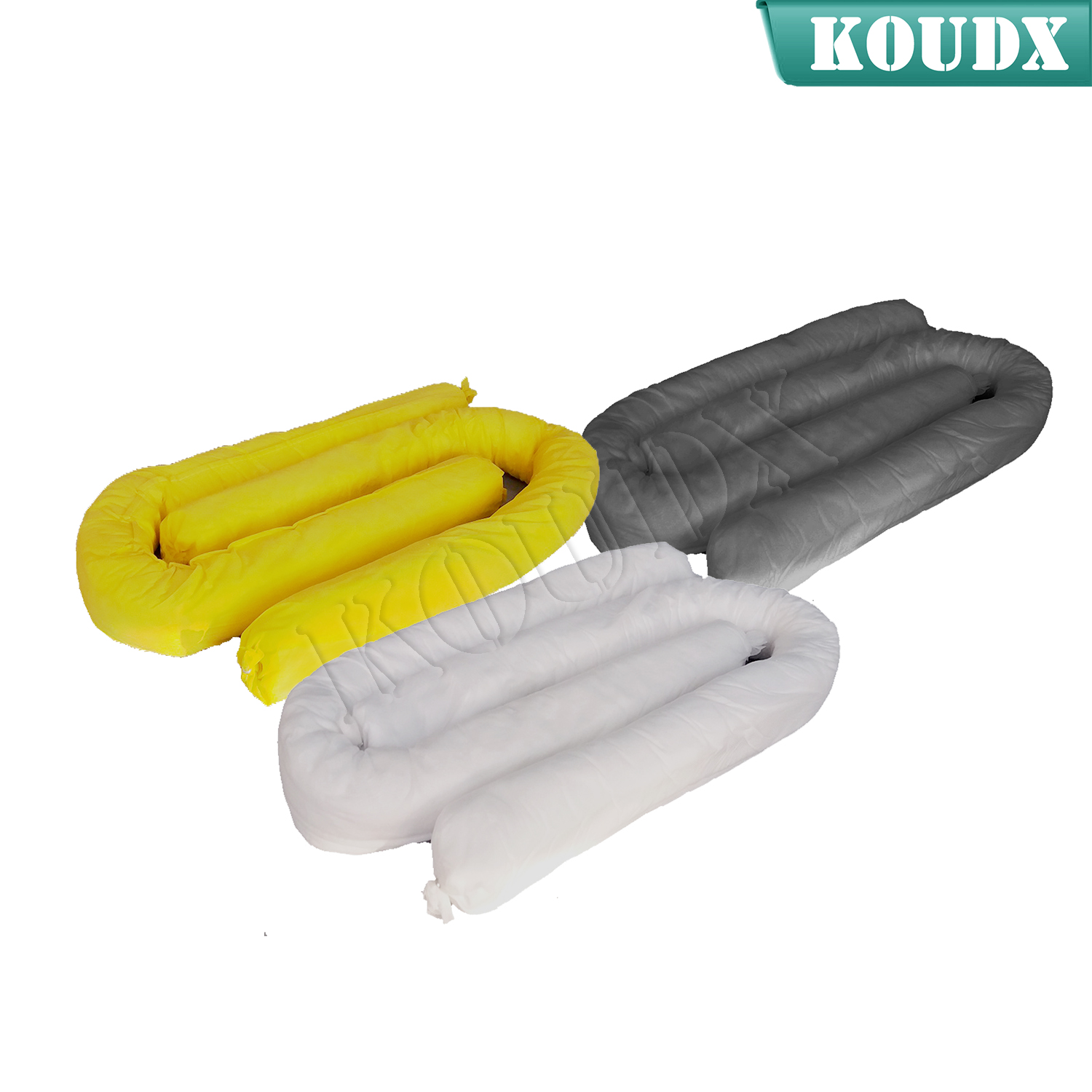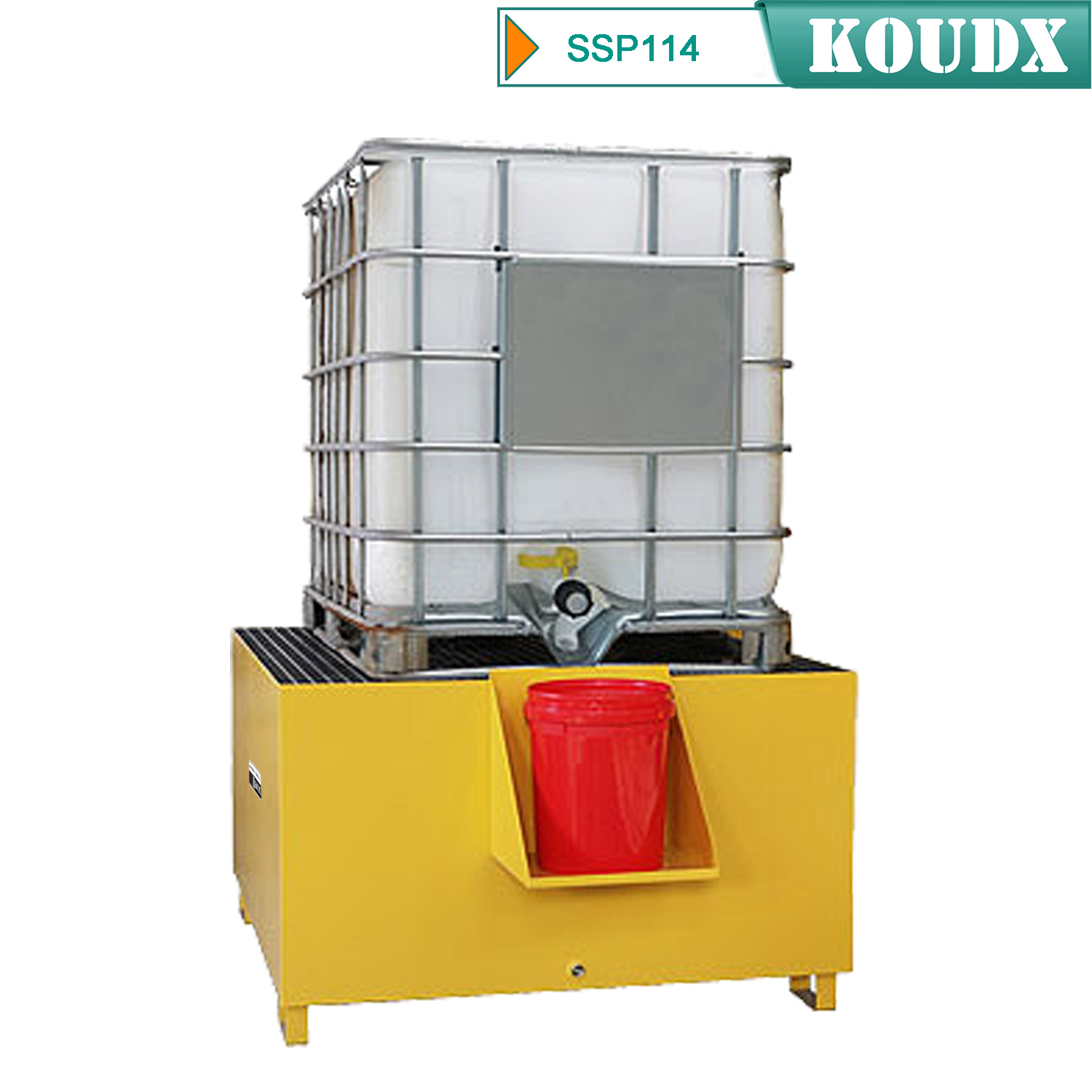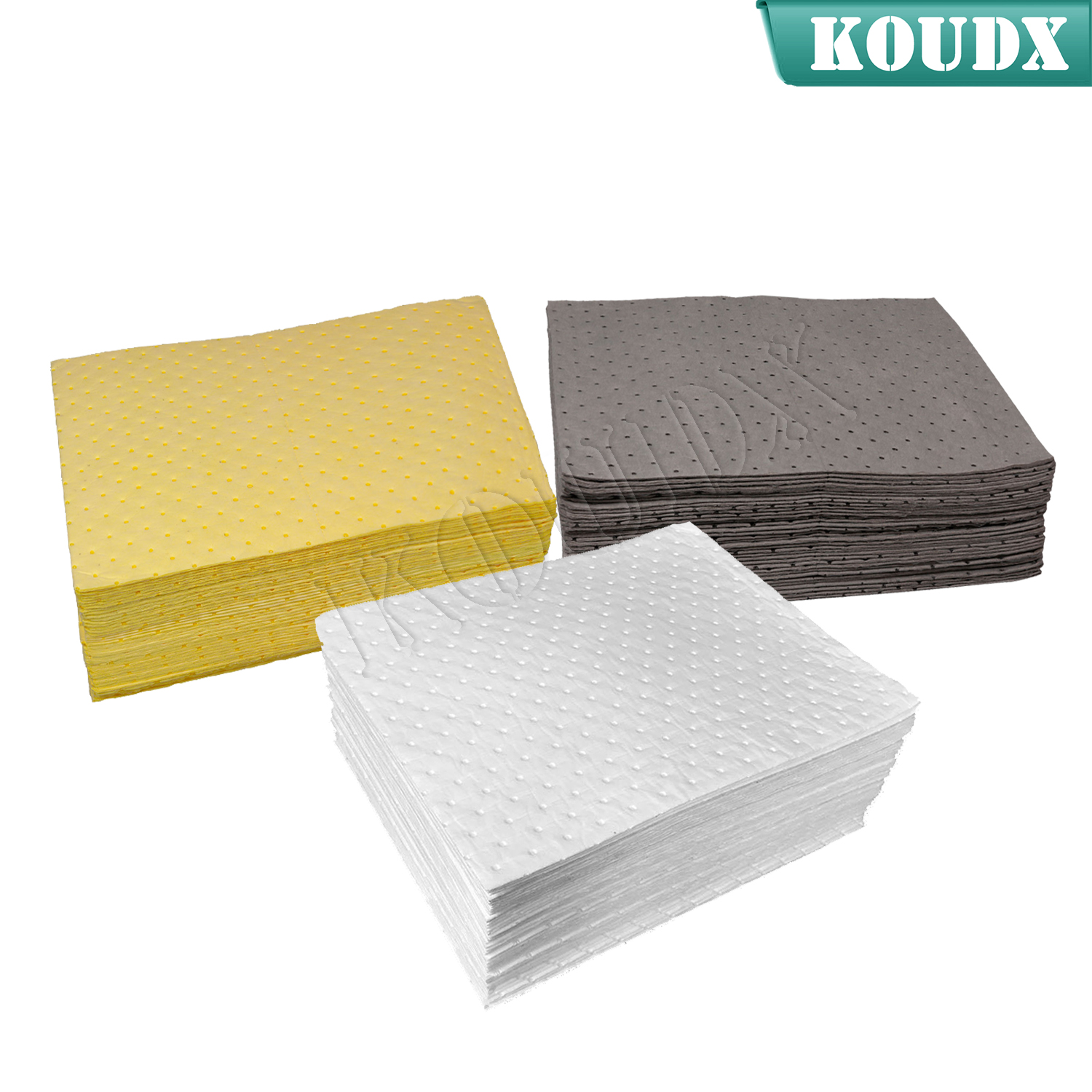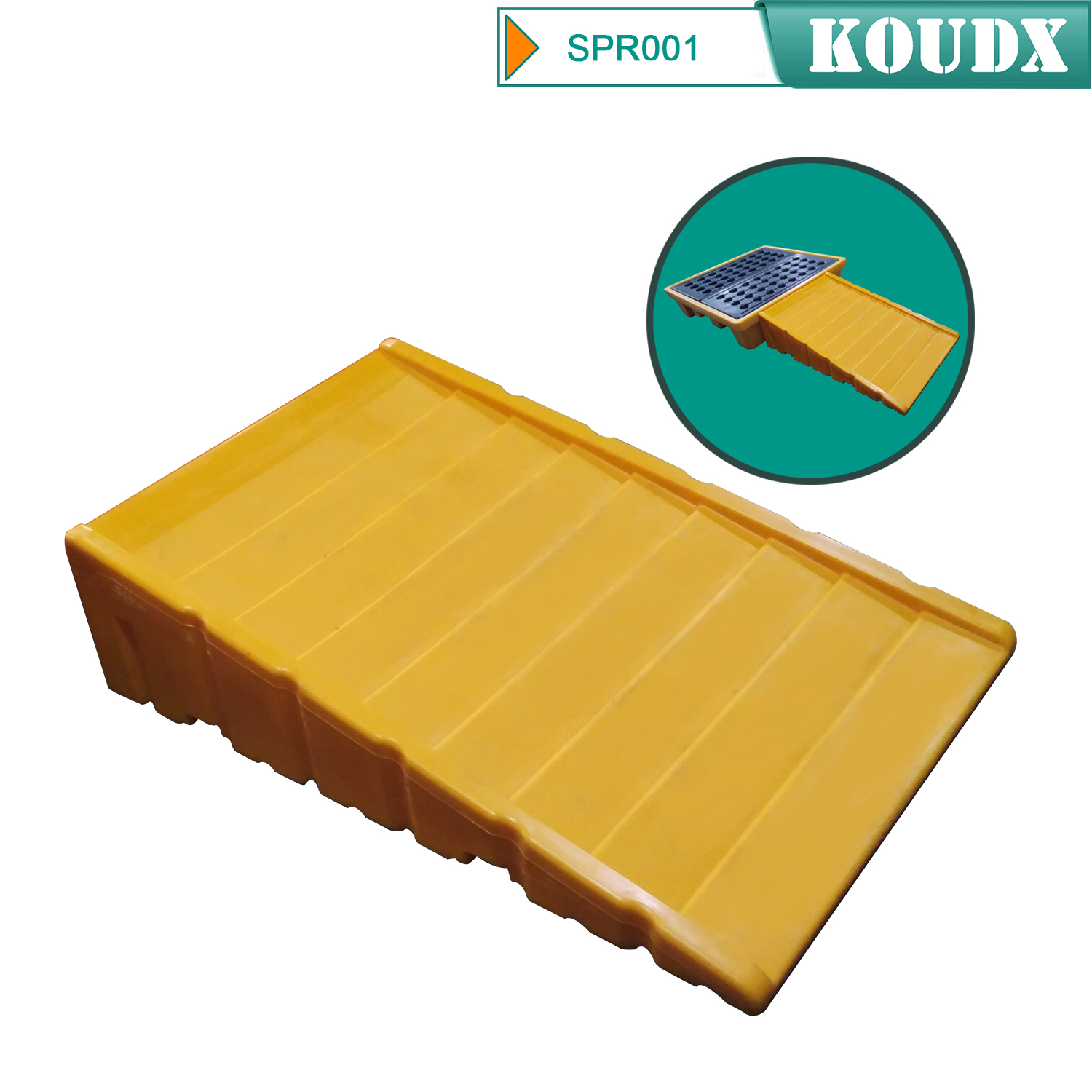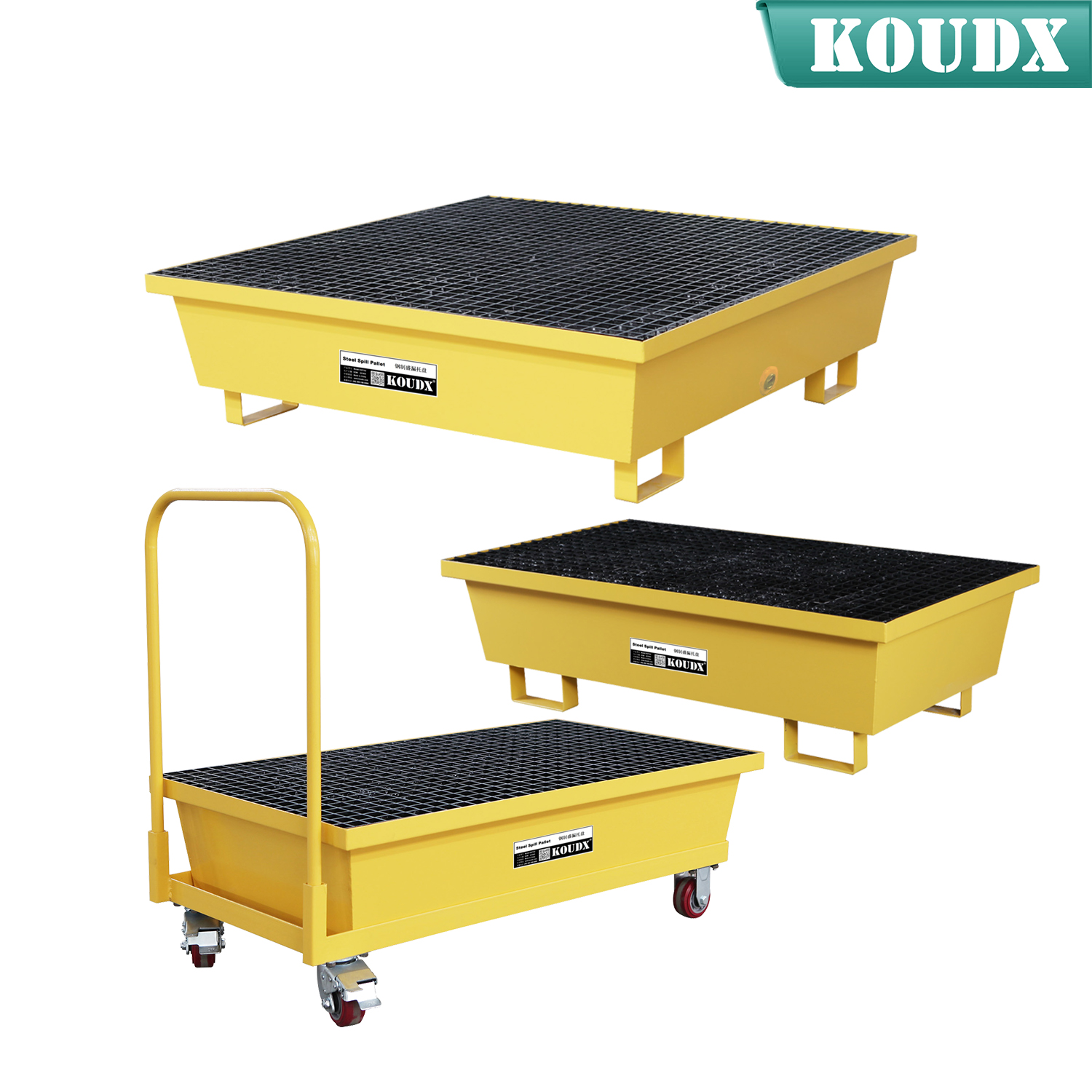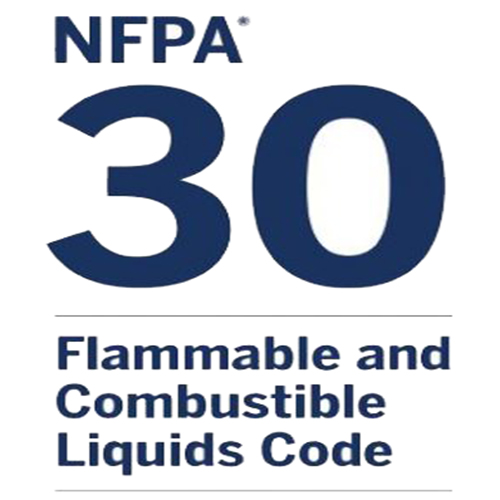
The National Fire Protection Association (NFPA) has long been the world’s most recognized nonprofit organization dedicated to the protection of human life and property from the hazards of fire. NFPA membership currently exceeds over 70,000 fire protection professionals from close to 100 countries. The NFPA publishes over 300 nationally recognized fire codes and standards, as well as fire service training and public education materials.
Understanding NFPA 30
On April 29, 2014, the NFPA Standards Council issued the 2015 edition of NFPA 30: Flammable and Combustible Liquids Code with an effective date of May 19, 2014. NFPA 30 provides fundamental safeguards for the storage, handling and use of flammable and combustible liquids, including waste liquids. It is the best practice widely used in industry and by insurers.
The 2015 edition highlights 11 notable changes from the 2012 edition. Most notable of these changes is the definition of a safety can. It has been amended to incorporate a screen/strainer in each fill and pour opening. Other changes to the 2015 edition of NFPA 30 include:
A new storage height restriction of 12 feet for unprotected storage in mercantile occupancies.
Numerous amendments to Chapter 16 to eliminate inconsistencies between NFPA 30 and NFPA 13: Installation of Sprinkler System rules.
Separation distances were increased between process vessels and adjacent important buildings and property lines as recommended by the U.S. Chemical Safety and Hazard Investigation Board.
A new subsection was added to cover hand-operated pumps to dispense liquids that require the use of compressed air.
A new section governs the installation of bulk cooking oil storage and dispensing systems for use in commercial kitchens.
The use of a weak roof-to-shell seam was eliminated as a means of emergency venting for aboveground steel storage tanks.
A maximum capacity of 50,000 gallons was set for all secondary containment type storage tanks for Class I, Class II and Class IIIA liquids.
Provisions for the use of low melting point piping material were strengthened.
Added additional requirements for those responsible for loading and unloading tank vehicles.
Security of storage tanks in remote areas is now addressed in Annex A.
NFPA 30 Handbook: The NFPA Handbook is a companion to the NFPA 30 code. It contains all the content found in the code and also provides expert commentary that explains applications and reasoning. It also adds over 200 visuals including full-color photographs that help visualize concepts, more detailed descriptions of the changes made from the 2012 edition and various other enhancements to help better understand the NFPA 30 code.
Commonly Asked Questions
Q. What is a safety can?
A: NFPA 30 paragraph 3.3.48 defines a safety can as a listed container of not more than 5.3 gallons (20 liters) capacity having a screen or strainer in each fill and pour opening and having a spring-closing lid and spout cover designed to safely relieve internal pressure when exposed to fire.
Q. Are wooden cabinets acceptable for flammable storage?
A: NFPA 30, chapter 4.3.3 (c) states, “Wooden cabinets constructed in the following manner are acceptable. The bottom, sides and top shall be constructed of exterior grade plywood at least 1 inch (2.5 centimeters) in thickness, which shall not break down or delaminate under fire conditions. All joints shall be rabbeted and shall be fastened in two directions with wood screws. When more than one door is used, there shall be a rabbeted overlap of not less than 1 inch (2.5 centimeters). Doors shall be equipped with a means of latching, and hinges shall be constructed and mounted in such a manner as to not lose their holding capacity when subjected to fire exposure. A raised sill or pan capable of containing a 2 inch (5 centimeter) depth of liquid shall be provided at the bottom of the cabinet to retain spilled liquid within the cabinet.”
Q. Do flammable liquid storage cabinets have to be vented?
A: NFPA 30, paragraph 9.5.4 states that a storage cabinet is not required to be vented for fire protection purposes. Paragraph 9.5.4.2 states if the storage cabinet is vented for any reason, the vent openings must be ducted directly to a safe location outdoors or to a treatment device designed to control volatile organic compounds (VOCs) and ignitable vapors in such a manner that will not compromise the specified performance of the cabinet and in a manner that is acceptable to the authority having jurisdiction.

KOUDX(Shanghai Koudx Industry Technology Co., Ltd.) is a professional provider of industrial safety and environmental protection solutions. Based on the concept of market and customer demand, our fire safety cabinet was developed in accordance with the standards of OSHA 29 CER 1910.106 and NFPA CODE30. It is widely used in petrochemical industry, industrial manufacturing, university laboratories, food industry, automobile industry manufacturing, new energy and other industries.
We sincerely hope that in the journey of KOUDX's continuous development and expansion, we will be able to get the full support of our distributor partners in China and abroad, and have more long-term strategic partners, development together and achieve a win-win situation. Welcome to contact us (86) 400-168-8090, you can visit our website www.koudx.com for the detail information.




